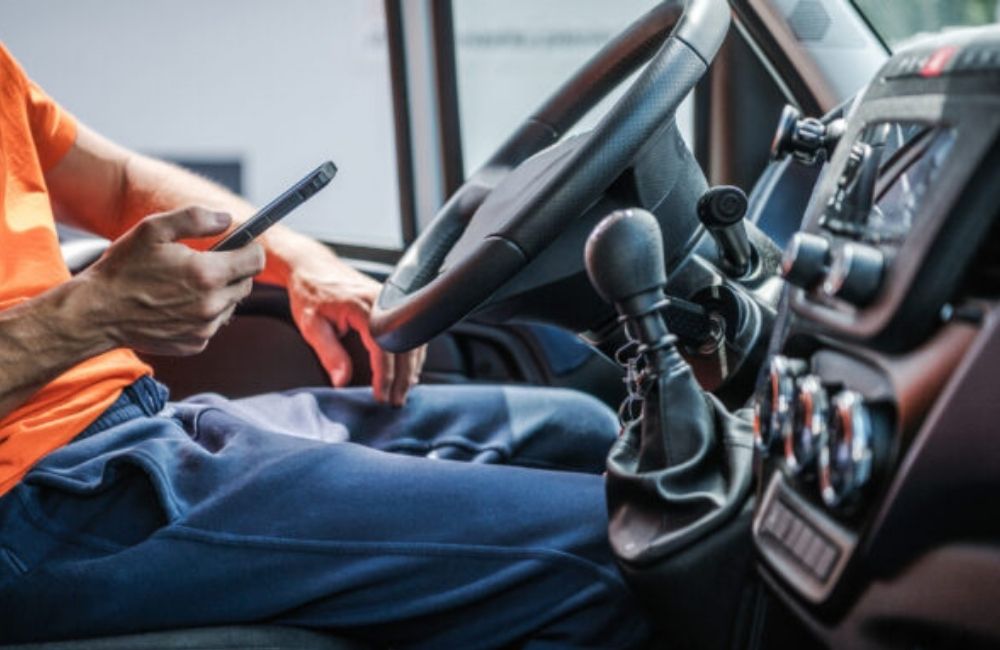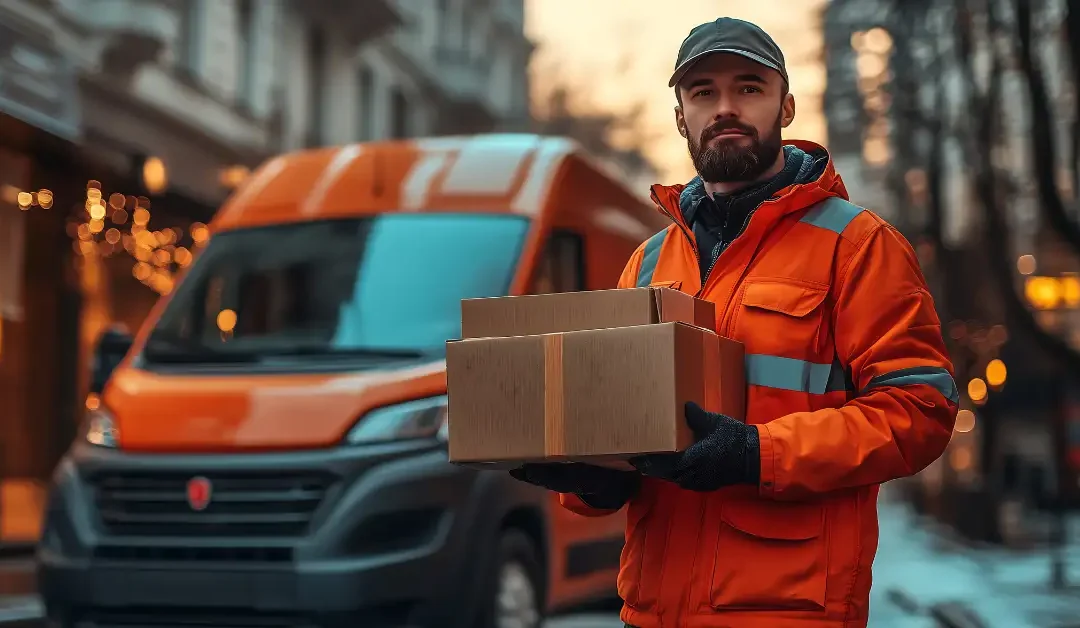National Safety Boost Irish Government Launches New Emergency System
What You Really Need to Know
Enhancing Emergency Services Response Across Ireland
In a major step forward for national safety, the Irish Government has announced the launch of a new, state-of-the-art emergency communications system designed to eliminate connectivity “black spots” in rural and remote areas. Welcomed by Minister of State Jack Chambers, this hybrid network ensures that our emergency services the Gardaí, Fire, and Ambulance services can communicate reliably, no matter where they are in the country.
While this system is a vital upgrade for our first responders, its launch sends a powerful and urgent message to every business in Ireland: if the State needs this technology to guarantee communication, what are you doing to protect your own employees when they work in these same remote areas?
The existence of these “black spots” is a critical risk that many businesses have not adequately addressed. This announcement is the perfect catalyst to review your procedures for lone workers, emergency response, and your overall legal ‘duty of care’.
What is This New System and Why is it Needed?
The new network, as detailed in the Government’s official press release, is a hybrid system. It combines the existing secure TETRA network used by our emergency services with satellite technology. In simple terms, when the land-based radio signal is unavailable in a remote valley or on a rugged coastline, the system automatically switches to a satellite link, ensuring constant connectivity.
The fact that this multi-million euro investment was necessary is a clear admission that standard mobile phone coverage is not, and cannot be, relied upon for critical communications across 100% of the country. For any business with employees working alone in these areas, this is a risk you can no longer afford to ignore.
The Real Risk Your Lone Workers are Exposed
The Health and Safety Authority (HSA) defines a lone worker as someone who works by themselves without close or direct supervision. In Ireland, this covers a huge range of roles, many of which are based in the very rural areas this new network is designed to cover:
- Agriculture and Forestry workers
- Environmental consultants and surveyors
- Utility and maintenance engineers
- Construction site managers conducting initial surveys
- Sales representatives travelling rural routes
Under the Safety, Health and Welfare at Work Act 2005, your ‘duty of care’ to these employees is exactly the same as if they were in your office. This includes ensuring they have a reliable means of communication and a clear procedure to follow in an emergency.
Relying solely on a standard mobile phone is a demonstrable failure in this duty. If a lone worker has an accident or a medical emergency in an area with no signal, the consequences can be tragic.
Rethinking Your Emergency Response Plan
This government announcement should trigger an immediate review of your own emergency preparedness. Ask yourself these critical questions:
- What is our procedure if we cannot contact a lone worker?
- What communication devices do we provide to staff entering areas with known poor mobile coverage?
- Does our emergency plan rely solely on an employee’s ability to make a phone call?
- How quickly can we pinpoint an employee’s exact location in an emergency?
Essential Components of a Modern Lone Worker System:
A “hope for the best” approach is not a safety strategy. A robust system for protecting lone workers must include:
- A Formal Risk Assessment: You must formally identify the risks of working alone, including the risk of communication failure.
- Reliable Communication Devices: For workers in remote areas, this means investing in technology that works independently of the mobile phone network, such as satellite phones or Personal Locator Beacons (PLBs).
- A Formal Check-In System: A procedure where the lone worker is required to check in at regular, pre-agreed intervals. A missed check-in must automatically trigger a pre-defined emergency escalation process.
- Robust Training: Employees must be fully trained on how to use the equipment and what to do in an emergency situation.
The ISO 45001 Framework: A System for Managing Every Risk
This is a perfect example of where a formal Occupational Health and Safety Management System like ISO 45001 demonstrates its true value. Rather than having a standalone “lone worker policy,” these risks are integrated into a comprehensive, organisation-wide safety culture.
The ‘Plan-Do-Check-Act’ cycle of ISO 45001 ensures you are prepared:
- Plan: The system requires you to identify all risks, including communication failures for remote workers, and establish clear objectives to control them.
- Do: You implement the necessary controls, such as providing satellite phones and a formal check-in procedure.
- Check: You regularly monitor the system’s effectiveness. Are devices being tested? Are check-in logs being completed correctly?
- Act: You learn from drills, audits, and near-misses to continually improve your process, ensuring it remains robust and effective.
Implementing this standard, certified in Ireland by the NSAI, is the most effective way to ensure that no risk, no matter how remote, is left to chance.
Don’t Wait for an Emergency to Test Your System
The government’s investment in this new emergency network is a clear signal that reliable communication is a matter of life and death. As a business, you have a legal and moral obligation to provide the same level of security to your own people.
If this news has highlighted potential gaps in your lone worker or emergency response procedures. Contact the expert team at Acornstar for a comprehensive review and to explore how a structured safety management system, lone working risk assessments and lone working can provide peace of mind.

Trojan Horse on Wheels
The Trojan Horse on Wheels. Why a UK Scooter Recall is a Major Irish Safety Warning What You Really Need to Know Lessons from a Critical Electrical Safety Failure In the world of workplace safety, the most serious threats often arrive in the most unassuming packages....

Fire Hazard Anker Power Bank Recall is a Workplace Wake-Up Call
Fire Hazard Anker Power Bank Recall is a Workplace Wake Up Call What You Really Need to Know The Shocking Truth About Power Bank Hazards In the world of tech accessories, few names are as recognised and trusted as Anker. That is why the recent major recall of their...

EU-OSHA 2026-2028 What It Means for Irish Workplace Health
EU-OSHA 2026-2028 What It Means for Irish Workplace Health What You Really Need to Know Your Strategic OSH Plan for the Years Ahead As 2025 draws to a close, forward-thinking Irish businesses are already planning for the challenges and opportunities of the years...

Winning the Leading Light Award The Real Secrets to Driving for Work Safety.
Winning the Leading Light Award The Real Secrets to Driving for Work Safety. What You Really Need to Know Unlocking Excellence in Road Safety Management Every year, the Road Safety Authority (RSA) shines a spotlight on the individuals, communities, and organisations...

5 Essential Reasons to Prioritise Eye Safety in Your Workplace
5 Essential Reasons to Prioritise Eye Safety in Your Workplace Find out how to navigate eye safety rules to boost productivity and protect vision. Protecting employees’ vision should be a top priority for any business, especially in industries where tools,...

5 Practical Fire Safety Tips for All Workplaces
5 Practical Fire Safety Tips for All Workplaces Safeguard Your Staff and Assets with Irish Compliant Fire Safety Measures Discover effective fire prevention and response techniques, curated specifically for businesses operating under Irish regulatory frameworks. In...

5 Hacks to Enhance Noise Safety Awareness at Work
5 Hacks to Enhance Noise Safety Awareness at Work Boost your workplace’s safety with innovative hacks that meet the strict criteria of Irish noise control policies In today’s fast-paced work environments, maintaining optimal noise levels isn’t just about comfort it’s...
5 Things to Know About Food Safety Regulations in Ireland
5 Things to Know About Food Safety Regulations in Ireland Get insider knowledge on Irish food safety policies and how they can impact your kitchen operations Navigating food safety regulations in Ireland can seem complex, but understanding the key elements not only...

Manual Handling Made Easy
Manual Handling Made Easy Ensuring Convenience, Compliance, and Confidence at Every Step “Manual Handling Made Easy” isn’t just a slogan—it’s a promise we deliver through our fully online, practical manual handling training. Our Manual Handling Course...

5 Ways Environmental Awareness Training Can Benefit Your Organisation
In today’s fast-paced business world, companies in the UK and Ireland are continuously seeking avenues for sustainable growth and success.






